Coastal Command & R.A.F. Chivenor
Coastal Command is often referred to as the ‘Cinderella’ R.A.F. Command of the Second World War, as its role and activities are seen as less glamourous than those of Fighter Command and Bomber Command. Yet, as a maritime nation, it was the threat to British shipping and trade that was one of the most significant issues facing the U.K. Government. the unexpected fall of France in June 1940 created an opportunity for the German Navy to base its submarines, called U-boats’, in the French ports on the Atlantic coast. Within a month, U-boats were operating out of French ports with devastating effect.
The availability of French Atlantic ports meant that the U-boats could reach the main trans-Atlantic shipping lanes quicker, and that they could stay out there longer than when they had to operate out from German North Sea ports. This change of the strategic picture placed the South-West of England in the front line from being a backwater in the conflict. Coastal Command recognised that all the U-boats operating from France would have to transit the Bay of Biscay, and so the main focus of the Command’s campaign against the U-boats became locating and attacking the U-boats in transit to and from their bases. Coastal Command began using land based aircraft, and the Vickers Wellington was found to be ideal to convert from a convential bomber to an anti-submarine bomber. Air to Surface Vessel (A.S.V.) radar was fitted to various aircraft in the command, including the Wellington.
Meanwhile, R.A.F. Chivenor near Barnstaple in North Devon opened on 25 October 1940 as the base to train air crew to fly the Bristol Beaufort torpedo bombers, which at the time were the main strike aircraft of Coastal Command. Several aircraft were lost during this period, and even if an air crew made to an operational squadron, they faced the prospect of a likelihood of only a 17% chance of surviving their first tour. In addition to the four Beaufort squadrons serving in the U.K., R.A.F. Chivenor trained air crew for the squadrons based in the Mediterrean. By 1942, the Beauforts were obsolete in European operations, and were transferred to South-East Asia. The responsibility for training Beaufort air crew passed to R.A.F. Turnberry.
Downloadable pdf Booklets
The Last Flight of Beauforts L.9943, L.9829 & L.9858
Now transferred to the page on No 3 (Coastal) Operational Training Unit
The Last Flight of Blenheim V.6098
A narrative of the last flight of Bristol Blenhim V.6098 which crashed near Lynton in North Devon on Tuesday 11 March 1941 while on a ferry flight from R.A.F. Chivenor to R.A.F. St. Athan. All three air crew died in the crash.
The Last Flight of Beaufort L.9808
A narrative of the last flight of Beaufort L.9808, which crashed near R.A.F. Chivenor on the night of 10 October 1941, killing the pilot and sole occupant, F/Sgt H. H. NETTLETON.
The Last Flight of Beaufort L.9809
A narrative of the last flight of Beaufort L.9809, flown by Sgt GALE, which crashed at Woodend Farm, Shute in east Devon, having been shot down by a R.A.F. Hurricane fighter on 16 June 1941. Three air crew died, including the pilot, but one survived.
The Last Flight of Beaufort N.1016
A narrative of the last flight of Beaufort N.1016, which flown by F/O Kenneth CAMPBELL, attacked the German battlecruiser Gneisenau in Brest Harbour on 6 April 1941. CAMPBELL and his crew successfully torpedoed the Gneisenau, causing major damage, but they were shot down by intense anti-aircraft artillery and all four were killed. Based on the evidence of French witnesses, CAMPBELL was awarded the Victoria Cross.
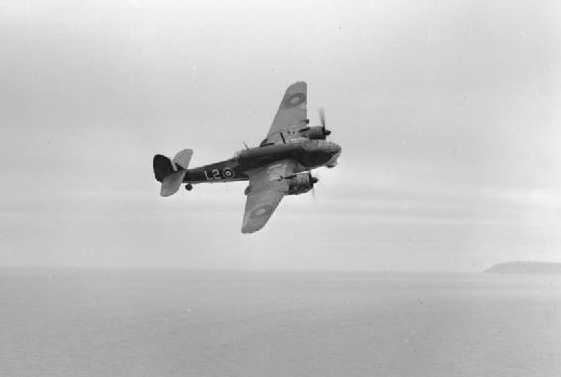
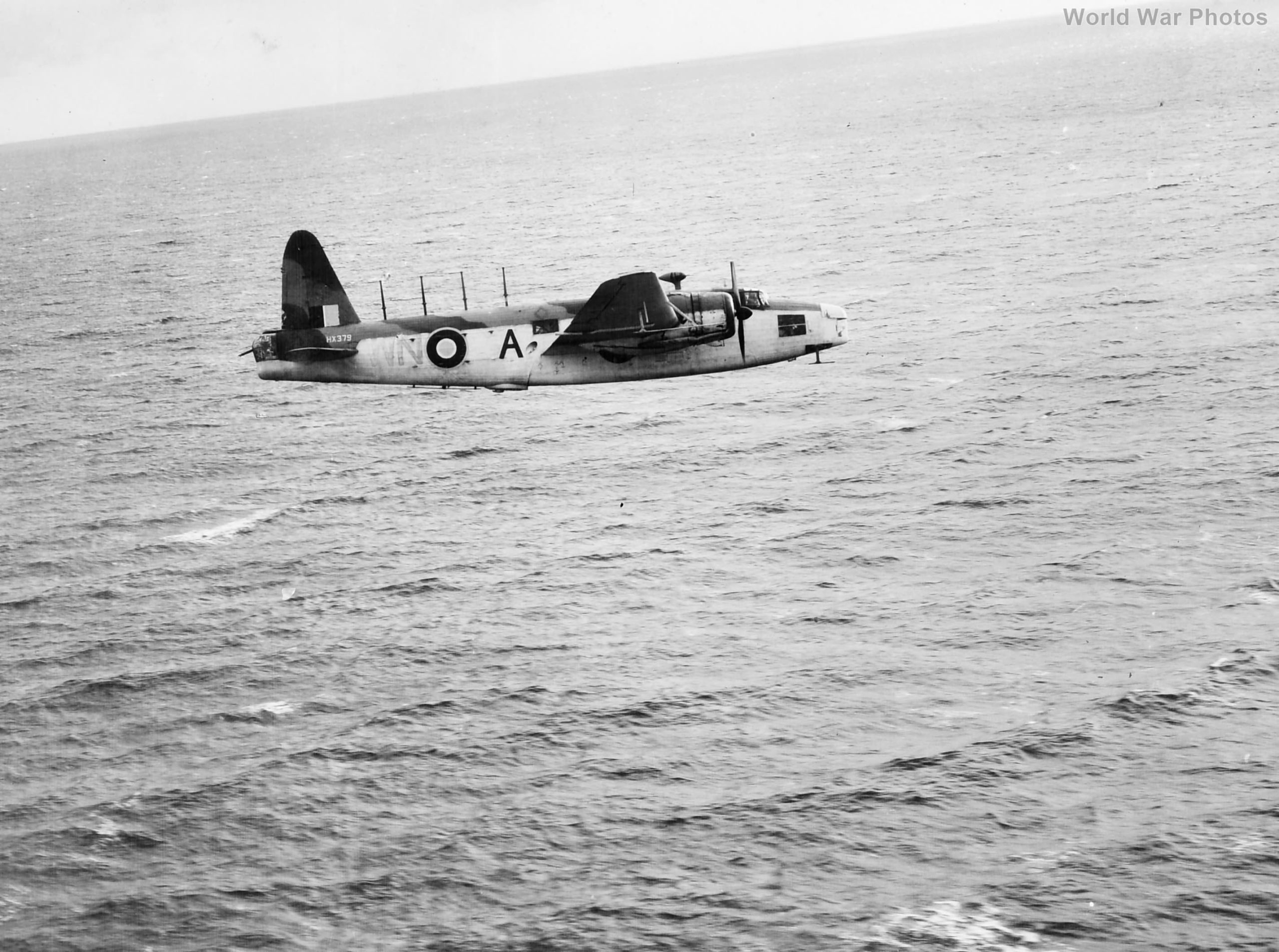
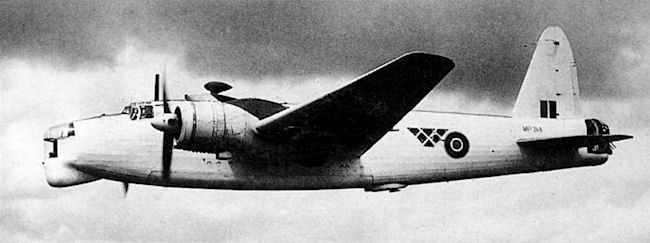
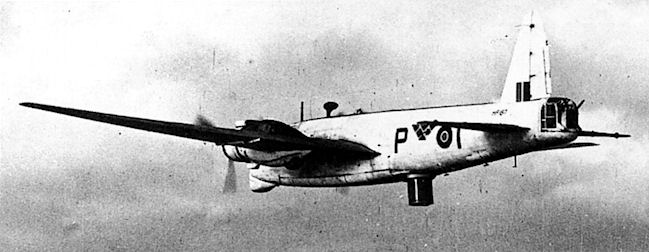
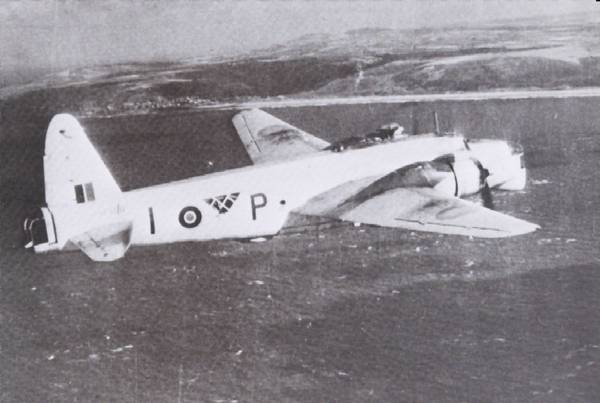
By early 1942, the Royal Navy and Coastal Command were developing and refining their tactics against the U-boats. In particular, Coastal Command was focusing its efforts on the Bay of Biscay using A.S.V. equipped aircraft. The U-boats were not true submarines, as they had to surface at regular internals to recharge their batteries that they used underwater. They generally did this at night, and could travel faster on the surface than underwater. The U-boats were almost undetectable at night, and the early forms of radar were incapable of identifying the precise location of a U-boat at night. Squadron Leader LEIGH developed a searchlight that could be mounted in a Wellington bomber, and lowered to illuminate a target found by the radar.
No. 1417 Flight was formed at R.A.F. Chivenor in early 1942 to work the combination of radar and the Leigh Light to an operational standard, and from this Flight, No. 172 Squadron was formed. Just four aircraft took part in the first operation, but an Italian U-boat was found at night on the surface, and attacked; thus proving that the technology worked. Steadily more Leigh Light equipped Wellingtons were delivered to the R.A.F., and Chivenor became their main operating base. No. 172 Squadron was credited with sinking seven U-boats alone during the Second World War.
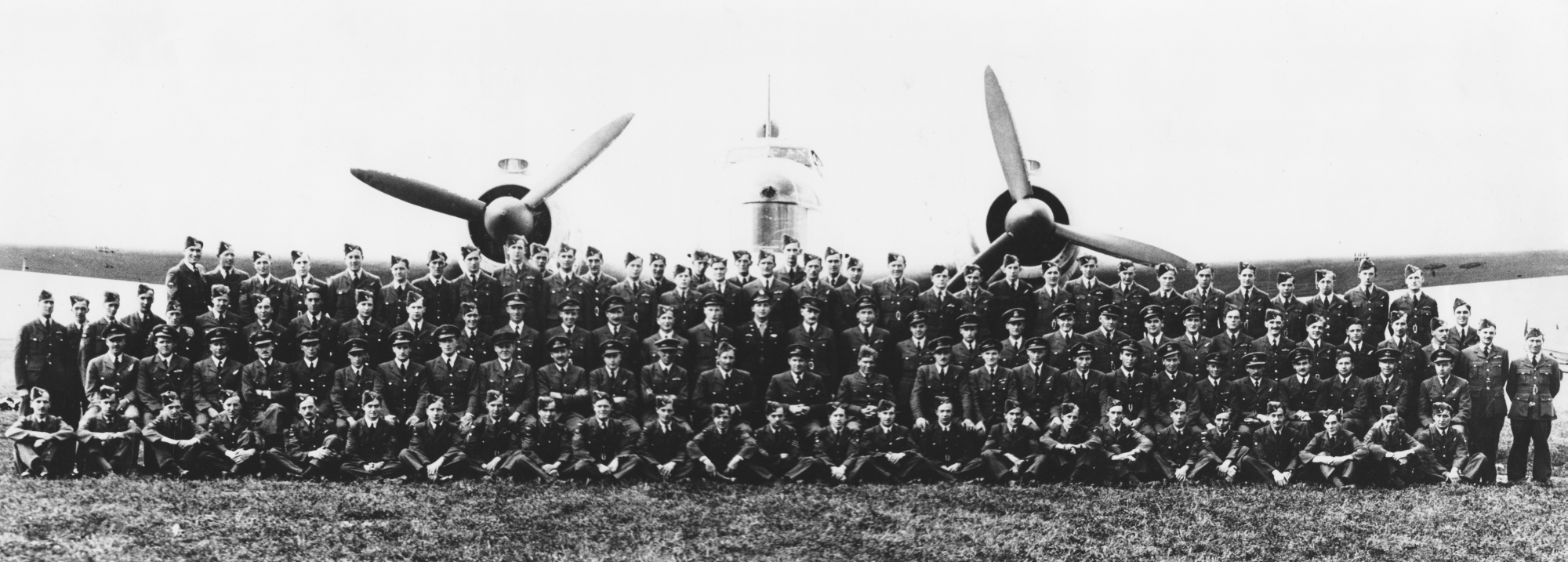
The effect of the Leigh Light equipped Wellington squadrons was significant, causing such alarm to the German U-boat commanders that Admiral DONITZ, the Commander-in-Chief of the U-boat arm of the German Navy, ordered the submarines to dive at night and surface in the daylight. Although counter-intuitive, the reasoning was that the lookouts could see an approaching aircraft, and either dive or fight it out on the surface. By June 1943, the U-boats had been effectively defeated at sea, although they remained a threat until the end of the war. Coastal Command, including R.A.F. Chivenor, played a major role in the D-Day landings, by running Operation ‘Cork’. This was intended to prevent U-boats penetrating the English Channel to attack the invasion and follow-up convoys, and its effectiveness can be judged by the minimal losses suffered by Allied shipping during Operation ‘Overlord’.
To learn more about the role of R.A.F. Chivenor and No. 172 Squadron, and the stories of some of the men that served with the squadron, I invite you to peruse the following booklet:
The Last Flight of Wellington MP.630
And to read about a story of tragedy, but also one of hope and resilience, please peruse:
The Last Flight of Wellington HF.278
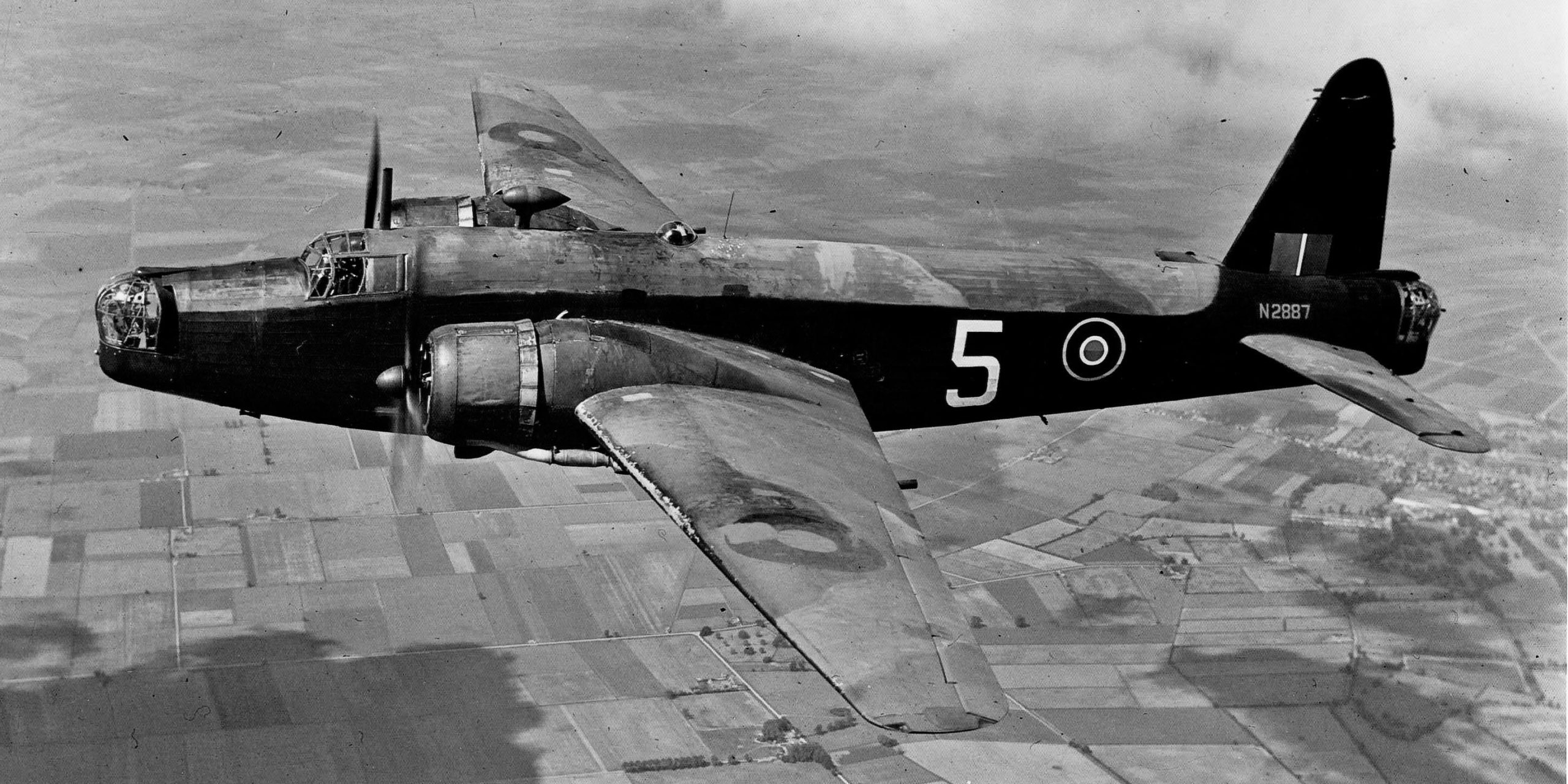
More Downloadable pdf Booklets
The Last Flight of Beaufort W.6530
A narrative of the last flight of Beaufort W.6530, which crashed into Barnstaple Bay off North Devon on 10 June 1941. The pilot, F/Sgt HOLLELY, and the three air crew died in the crash, with only the body of the pilot being recovered.
The Last Flight of Whitley Z.9425
A narrative of the last flight of Whitley Z.9425, of No. 51 Squadron based at R.A.F. Chivenor, which crashed between Chelfham and Stoke Rivers, north of Barnstaple in North Devon, on 24 September 1942. The pilot, F/L PARKER, and two passengers died, but two other air crew survived..
The Last Flight of Whitley Z.9517
A narrative of the last flight of Whitley Z.9517, flown by P/O Kenneth CLUGSTON, which failed to return to R.A.F. St. Eval from a sortie over the Bay of Biscay on 17 August 1942 The body of one of the air crew was recovered off northern Spain, but the other five airmen remain ‘Missing, presumed dead’.
The Last Flight of Liberator 41-24019
A narrative of the last flight of Liberator 41-24019 of the United States Army Air Force, flown by Second Lieutenant BROUSSARD, which crashed into cliffs near Hartland Point, North Devon on 22 January 1943. All ten American air crew on board died in the crash.
The Last Flight of Hudson FH.307
A concise history of the last flight of Lockheed Hudson FH.307, flown by No. 24 Squadron from Hendon to Algeria, conveying five V.I.P. passengers to participate in the planning for the invasion of Sicily. Due to bad weather, the aircraft was diverted to R.A.F. Chivenor, and it crashed on the approach to land on 29 April 1943, killing the five passengers and four air crew.
The Last Flight of Wellington X.3985
A narrative of the last flight of Wellington Mk. III, X.3985, which crashed at Box in Wiltshire on 27 February 1943, killing the five air crew onboard. One of the deceased was P/O Charles NICHOLS, who lived at Bickington, near Barnstaple in North Devon.
The Last Flight of Wellington DV.433
A narrative of the last flight of Wellington DV.433, which crashed near R.A.F. Finningley, Yorkshire, 9 September 1942, killing the four air crew onboard, including Sergeant Reg TURPITT, from Tawstock, Barnstaple, North Devon.
UNDER CONSTRUCTION
My research has focused on the operations of R.A.F. Chivenor during the Second World War, including the period that it was a training base, hosting No. 3 (Coastal) Operational Training Unit, which was redesignated as No. 5 (Coastal) Operational Training Unit in ?? In 1942, with the completion of R.A.F. Turnberry in Ayrshire, the training functions of R.A.F. Chivenor in the presence of No. 5 (C) O.T.U. moved to Ayrshire, with R.A.F. Chivenor becoming an operational base.

